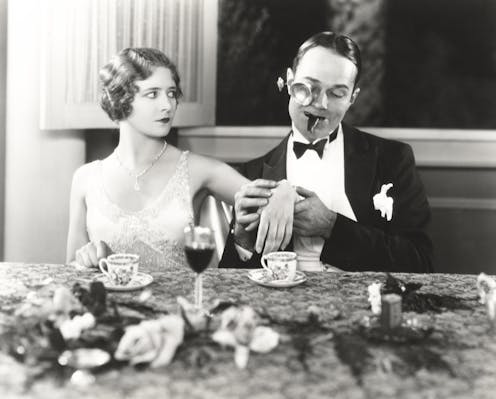The rich history of our love affair with luxury
- Written by Peter McNeil, Distinguished Professor of Design History, UTS, University of Technology Sydney

In today’s world it could be said, to a certain degree, that even a relatively impoverished person engages with luxury, in some way.
If you enjoy regulated heating or cooling at home, regular lighting, chicken meat, or eat chocolates, you are engaging with formats that once indicated luxury.
But what is, and is not, considered to be a luxury, changes with the times.
Decadence and luxury
When we describe a dessert as “decadent” today, we must remember it really means decaying, a concept related to the “Romans of the decadence[1]” whose lavish lifestyles are held up as proof of why the Empire had to fail.
The Romans saw luxury as quintessentially foreign and therefore alien to the true and olden spirit of the Roman polis[2]. This is why luxury was often represented as coming from “the Orient”, the source of rare scents, spices, gems, ivories and enslaved peoples.
As a result, the Romans introduced sumptuary laws[3], which were prescriptions to manage conspicuous consumption of things like expensive clothing and jewellery worn by social groups, but also the amount spent on banquets and even funerals.
This was necessary, because the ancient Romans enjoyed conspicuous luxury. They liked to eat food whose ingredients resembled another. They enjoyed delicacies such as fattened fowls, peacock, oysters, ham, wild boar and fig-peckers, the latter eaten whole, sometimes all combined together in a crusted paté, even though this was forbidden by the new laws. There were even luxuries in enslaved peoples. The poet Juvenal commented[4] satirically that clearly it was better to have a bevy of pretty pageboys (exoleti) arranged according to their nationality, size and hair colour serving the drinks rather than coarse household help.
There is a long continuity in this type of consumption. In the 19th century, for example, there was a premium on tall footmen matching in size and the Victorians loved elaborate feasts with multiple courses.
Read more https://theconversation.com/the-rich-history-of-our-love-affair-with-luxury-192732

















